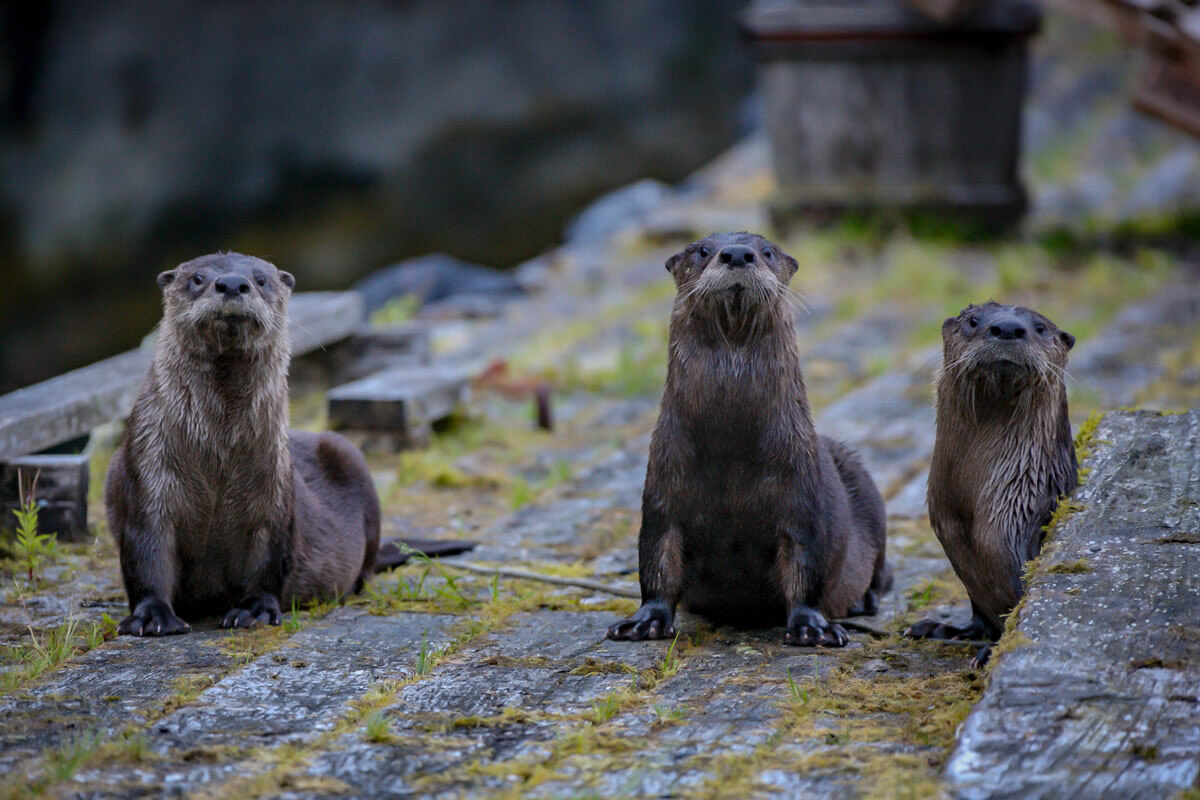
Florida's wildlife is a treasure chest of diversity and wonder. From the iconic alligators lurking in the swamps to the vibrant flamingos gracing the skies, this state is a haven for nature enthusiasts. Did you know that Florida is home to over 700 terrestrial animals and 1,000 marine species? That's right! The Sunshine State boasts a rich tapestry of creatures, each playing a vital role in its ecosystem. Whether you're fascinated by the elusive Florida panther or the playful manatees, there's always something new to learn about these incredible animals. Ready to dive into some amazing facts? Let's get started!
Key Takeaways:
- Florida's diverse ecosystems, from swamps to beaches, support an incredible variety of wildlife, including endangered species like the Florida panther and unique creatures like the Key deer.
- Efforts to protect Florida's wildlife are ongoing, with organizations like the Florida Fish and Wildlife Conservation Commission playing a crucial role in managing and preserving the state's diverse and fascinating species.
Florida's Diverse Ecosystems
Florida is home to a wide range of ecosystems, from swamps to beaches. This diversity supports an incredible variety of wildlife.
- The Everglades is the largest subtropical wilderness in the United States, covering 1.5 million acres.
- Florida has over 7,700 lakes, providing habitats for numerous aquatic species.
- The state boasts 825 miles of sandy beaches, crucial for nesting sea turtles.
- Florida's coral reefs are the only living barrier reefs in the continental U.S.
Unique Mammals of Florida
Florida's unique climate and geography support some fascinating mammals, many of which are found nowhere else.
- The Florida panther is one of the most endangered mammals, with fewer than 200 individuals left.
- Manatees, also known as sea cows, are gentle giants that inhabit Florida's warm coastal waters.
- The Key deer, a smaller subspecies of the white-tailed deer, is found only in the Florida Keys.
- Black bears roam Florida's forests, with an estimated population of around 4,000.
Birds of the Sunshine State
Birdwatchers flock to Florida to see a variety of bird species, both native and migratory.
- The roseate spoonbill, with its bright pink feathers, is often mistaken for a flamingo.
- Florida is home to the largest population of bald eagles in the contiguous United States.
- The state bird, the northern mockingbird, is known for its ability to mimic other birds' songs.
- Sandhill cranes, with their distinctive red crowns, are commonly seen in Florida's wetlands.
Reptiles and Amphibians
Florida's warm climate is perfect for reptiles and amphibians, some of which are quite unique.
- The American alligator is a common sight in Florida's swamps and rivers.
- The state is also home to the American crocodile, which prefers saltwater habitats.
- Green sea turtles nest on Florida's beaches, with females returning to the same beach where they were born.
- The invasive Burmese python has become a significant problem in the Everglades, preying on native species.
Insects and Arachnids
Florida's insect and arachnid population is as diverse as its other wildlife.
- The zebra longwing butterfly, Florida's state butterfly, is known for its striking black and white stripes.
- Fire ants, an invasive species, can deliver painful stings and have spread throughout the state.
- The giant swallowtail butterfly, the largest in North America, can be found fluttering around Florida gardens.
- Florida is home to the golden silk orb-weaver, a spider known for its large, intricate webs.
Marine Life
Florida's coastal waters are teeming with marine life, making it a paradise for divers and snorkelers.
- The Florida reef tract is the third-largest coral barrier reef system in the world.
- Dolphins are commonly seen off Florida's coast, often riding the bow waves of boats.
- The goliath grouper, one of the largest fish in the Atlantic, can weigh up to 800 pounds.
- Florida's waters are home to the endangered smalltooth sawfish, a ray with a long, saw-like snout.
Conservation Efforts
Efforts to protect Florida's wildlife are ongoing, with many organizations working tirelessly to preserve these species.
- The Florida Fish and Wildlife Conservation Commission (FWC) plays a crucial role in managing and protecting the state's wildlife.
Florida's Wildlife Wonders
Florida's wildlife is truly fascinating. From the American alligator to the Florida panther, the state is home to some unique creatures. The manatees in the warm waters and the colorful birds in the Everglades offer a glimpse into nature's beauty. Sea turtles nesting on the beaches and the diverse fish in the coral reefs highlight the state's rich marine life.
Understanding these animals helps us appreciate the delicate balance of Florida's ecosystems. Each species plays a crucial role in maintaining this balance. Protecting their habitats ensures that future generations can enjoy these natural wonders.
Next time you're in Florida, take a moment to observe and respect the wildlife around you. Whether you're on a hike, a boat, or just relaxing on the beach, there's always something amazing to see. Florida's wildlife is a treasure worth preserving.
Frequently Asked Questions
Was this page helpful?
Our commitment to delivering trustworthy and engaging content is at the heart of what we do. Each fact on our site is contributed by real users like you, bringing a wealth of diverse insights and information. To ensure the highest standards of accuracy and reliability, our dedicated editors meticulously review each submission. This process guarantees that the facts we share are not only fascinating but also credible. Trust in our commitment to quality and authenticity as you explore and learn with us.
